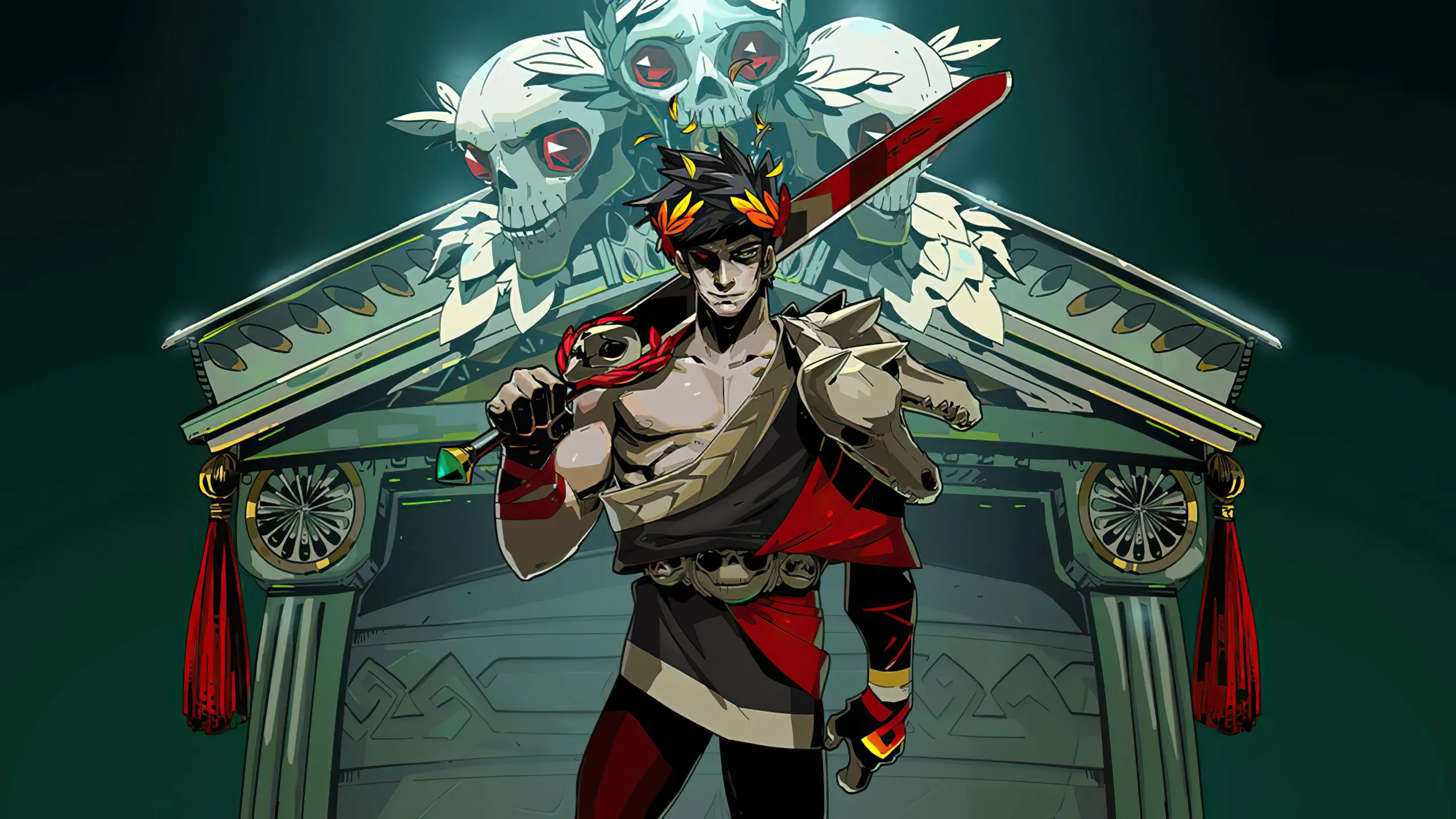Analysis of Hades: The Pinnacle of Storytelling in Gaming

Storytelling in Video Games
Video game storytelling often faces challenges, but Hades triumphs by seamlessly merging narrative with gameplay. As players navigate the underworld as Zagreus, the embodiment of the game’s emotional depth unfolds. It stands as an example of how repeated gameplay enriches character development and storytelling.
The Art of Repetition
Repetition serves as a core mechanic in Hades, allowing players to uncover layers of narrative with each attempt at escaping hell. The structure empowers players to engage with different characters, such as Megaera and Hades, cultivating a deeper appreciation for their stories.
Engagement Through Relationships
Throughout the game, relationships play a pivotal role. Players invest in characters via in-game resources, enhancing emotional bonds and making every run feel meaningful. The interactions with familiar faces cement players’ investment in Zagreus’s journey.
Dynamic Conclusion
As Zagreus seeks closure with his mother, the resolution caters to storytelling perfection. However, the game’s replayability ensures that the story does not end, keeping players coming back for more.
With Hades 2 approaching, anticipation mounts regarding how Supergiant Games will continue this legacy of intricate storytelling.
This article was prepared using information from open sources in accordance with the principles of Ethical Policy. The editorial team is not responsible for absolute accuracy, as it relies on data from the sources referenced.